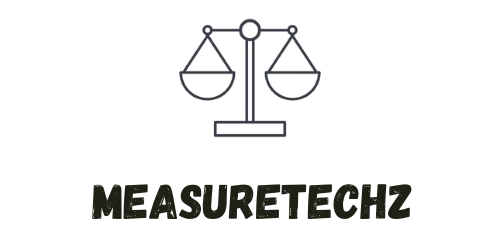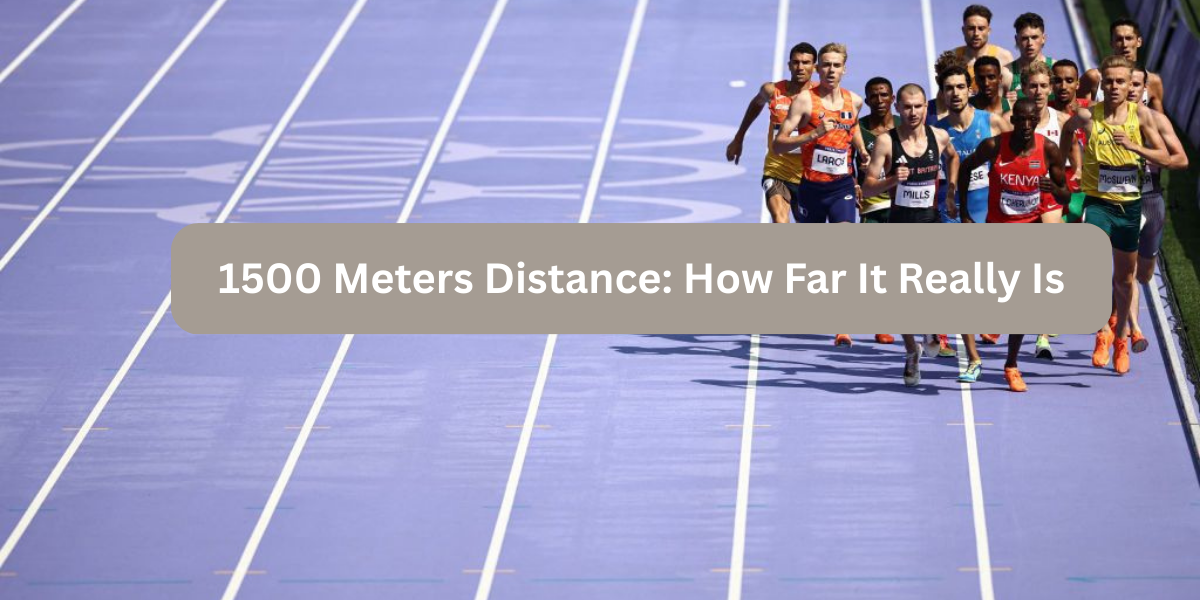If you’ve ever watched the Olympics, gone for a run, or measured out a course for training, chances are you’ve come across the 1500 meters distance. Often referred to as the “metric mile,” 1500 meters is a standard middle-distance event in track and field but how far is it really?
Understanding this distance has value beyond athletics. Whether you’re comparing units, planning a workout, or visualizing distance, knowing what 1500 meters means in real-world terms can help you track progress, set goals, and make more informed decisions.
In this guide, you’ll learn:
- Exactly how far 1500 meters is in other units.
- How long it takes to walk, jog, or run 1500 meters.
- Why this distance matters in sports, training, and everyday life.
- Easy ways to visualize and convert 1500 meters.
- Answers to common questions.
What Is 1500 Meters in Other Units?

Before diving into comparisons, it helps to convert 1500 meters into more familiar units of distance.
✅ Key Conversions
| Unit | Equivalent Distance |
|---|---|
| Kilometers | 1.5 km |
| Miles | 0.932 miles |
| Yards | 1640.42 yards |
| Feet | 4921.26 feet |
So, 1500 meters is just under 1 mile—in fact, it’s 93.2% of a mile.
The History and Importance of the 1500-Meter Distance
The 1500 meters has long held a special place in athletics, particularly in track and field competitions.
🏆 Why It’s Called the “Metric Mile”
- In countries using the imperial system, the mile (1609.34 meters) is a common race distance.
- To adapt to the metric system, international competitions introduced the 1500-meter race, now considered the “metric equivalent” of the mile.
- It remains a standard event in the Olympics, World Championships, and school-level competitions globally.
How Long Does It Take to Cover 1500 Meters?
Your time to cover 1500 meters depends on your mode of movement and fitness level.
⏱ Estimated Time Based on Activity
| Activity | Speed (avg) | Time to Cover 1500m |
|---|---|---|
| Walking | 5 km/h (3.1 mph) | ~18 minutes |
| Brisk Walking | 6.5 km/h (4 mph) | ~14 minutes |
| Jogging | 8 km/h (5 mph) | ~11 minutes |
| Running | 12 km/h (7.5 mph) | ~7.5 minutes |
| Elite Running | 20 km/h (12.4 mph) | ~4.5 minutes |
⚡ World Record Comparison
- Men’s Record: 3:26.00 (Hicham El Guerrouj, 1998)
- Women’s Record: 3:50.07 (Faith Kipyegon, 2023)
These athletes run 1500 meters in under 4 minutes—almost sprinting the whole way!
Visualizing 1500 Meters: Real-World Comparisons
To better grasp the distance, it helps to compare 1500 meters with common landmarks or objects.
🏟 On a Running Track
- One standard outdoor track lap = 400 meters.
- 1500 meters = 3.75 laps.
- Athletes typically start halfway through the first bend to complete the full 1500 meters in an even loop.
🏙 In the City
- Average city block: ~100 meters.
- 1500 meters ≈ 15 blocks in most grid-layout cities.
⚽️ Sports Fields
- American football field: ~91.44 meters long (100 yards).
- 1500 meters = ~16.4 football fields
- Soccer pitch: ~100–110 meters long.
- 1500 meters = ~14–15 soccer fields
How Far Is 1500 Meters for Runners?
Runners often ask how 1500 meters compares to a mile, or how to train for it.
🏃♂️ 1500m vs. 1 Mile
| Distance | Meters | Difference |
|---|---|---|
| 1500 meters | 1500 | -109.34 m |
| 1 Mile | 1609.34 | — |
While a mile is longer, the 1500m is considered more tactical and often faster-paced.
🏋️♀️ Training Tips for 1500m Runners
- Interval training: 400m and 800m repeats build stamina.
- Pacing practice: The key to racing 1500m well is pacing the first 3 laps and kicking at the end.
- Cross-training: Swimming, biking, and strength work improve overall conditioning.
Why 1500 Meters Is Important Beyond Sports
Even outside the track, understanding what 1500 meters represents has practical applications:
✅ Everyday Use Cases
- GPS or Map apps: Routes may be displayed in meters or kilometers.
- Walking goals: Apps like Apple Health or Fitbit track distances walked each day.
- Travel estimation: You might be told your destination is 1500 meters away—now you know it’s about 0.93 miles.
Common Questions About 1500 Meters
❓ Is 1500 meters close to a mile?
- Yes, it’s about 0.932 miles, so it’s often called the “metric mile.”
- ❓ How many steps is 1500 meters?
- Average step length = 0.75 meters.
- 1500 ÷ 0.75 = ~2000 steps
- So, walking 1500 meters typically takes about 2000 steps, depending on height and stride.
❓ How can I easily convert 1500 meters to miles?
- Multiply by 0.000621371:
- 1500 × 0.000621371 = 0.932 miles
- You can also search “1500 meters to miles” in Google for instant conversion.
Tools and Resources
🔧 Helpful Tools
- Google Unit Converter
- Convert Units
Fitness apps like Strava, Nike Run Club, and Garmin Connect offer customizable distance tracking in both meters and miles.
📊 Visual Recommendations
For enhanced user understanding:
- Include an infographic comparing 1500 meters to sports fields.
- Add a timeline showing walking, jogging, and running paces.
- Provide a conversion chart from meters to miles/kilometers.
Conclusion: Understanding 1500 Meters in Everyday Life
Whether you’re watching the Olympics, going for a jog, or navigating a new city, knowing how far 1500 meters is can make a real difference. It’s more than a number—it’s a benchmark of speed, endurance, and practicality.
To recap:
- 1500 meters ≈ 0.932 miles, 1.5 kilometers, or 3.75 track laps
- It’s a standard middle-distance race and a common walking or jogging distance.
- Knowing how to visualize and convert it can improve your workouts, navigation, and understanding of measurements.
Want more guides like this? Bookmark our site and explore more unit conversions and fitness-focused resources designed for everyday use.

